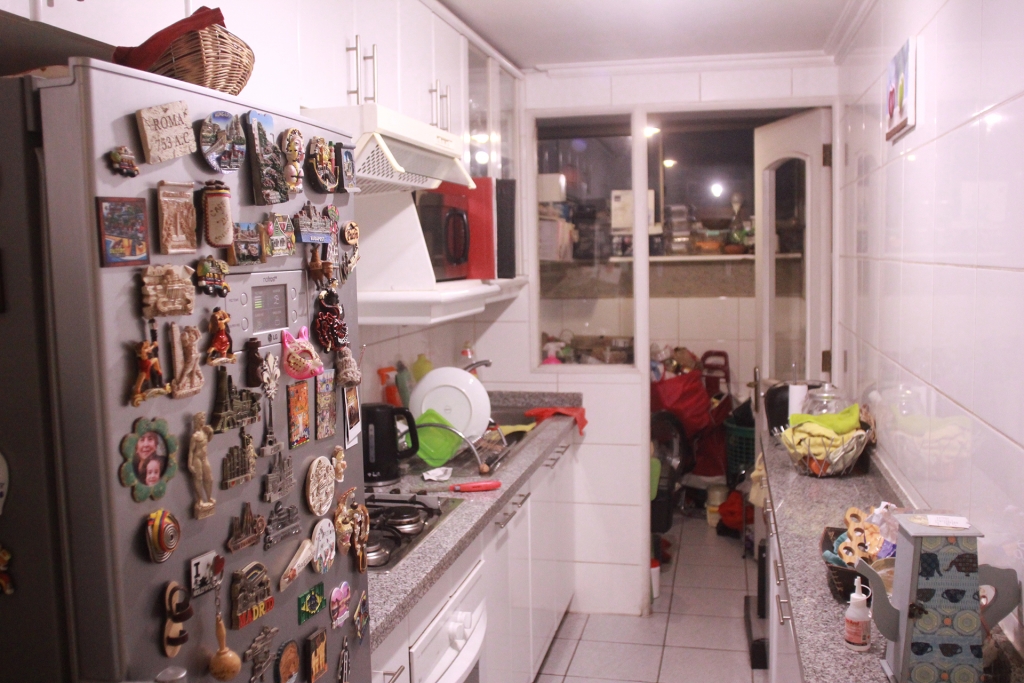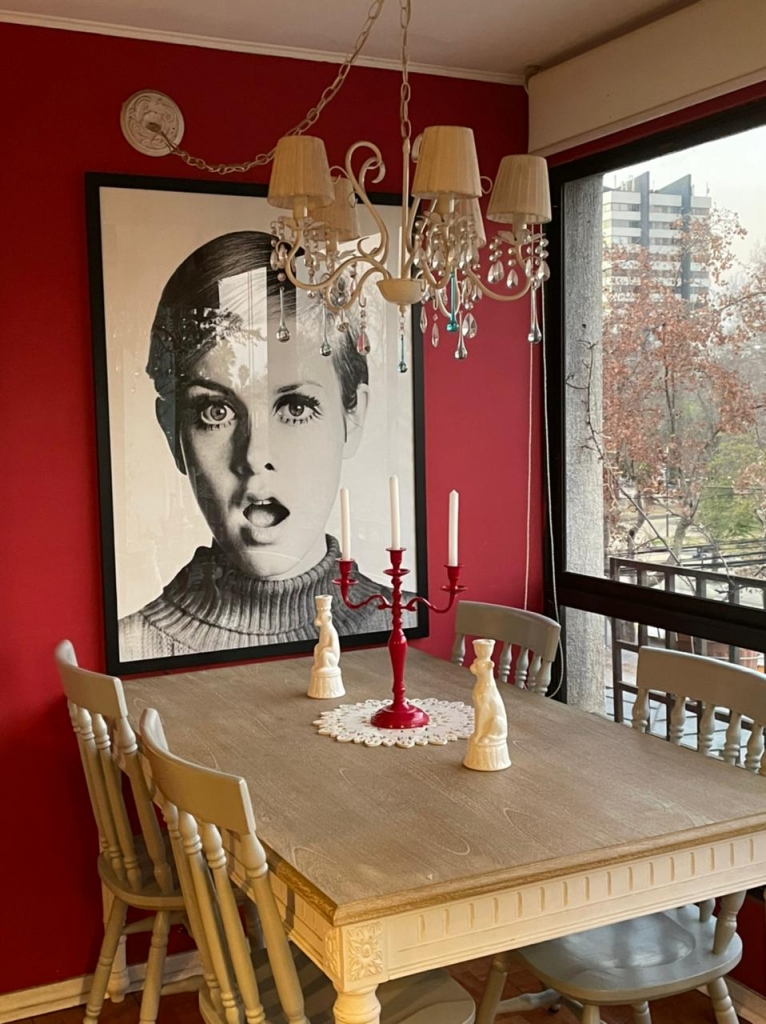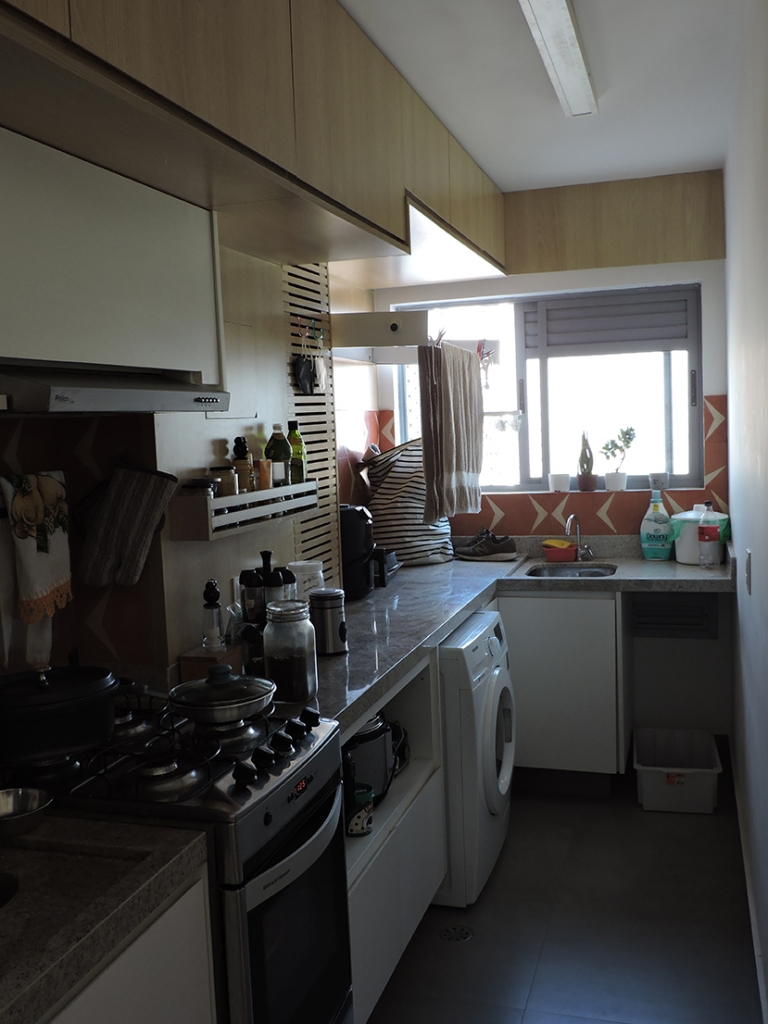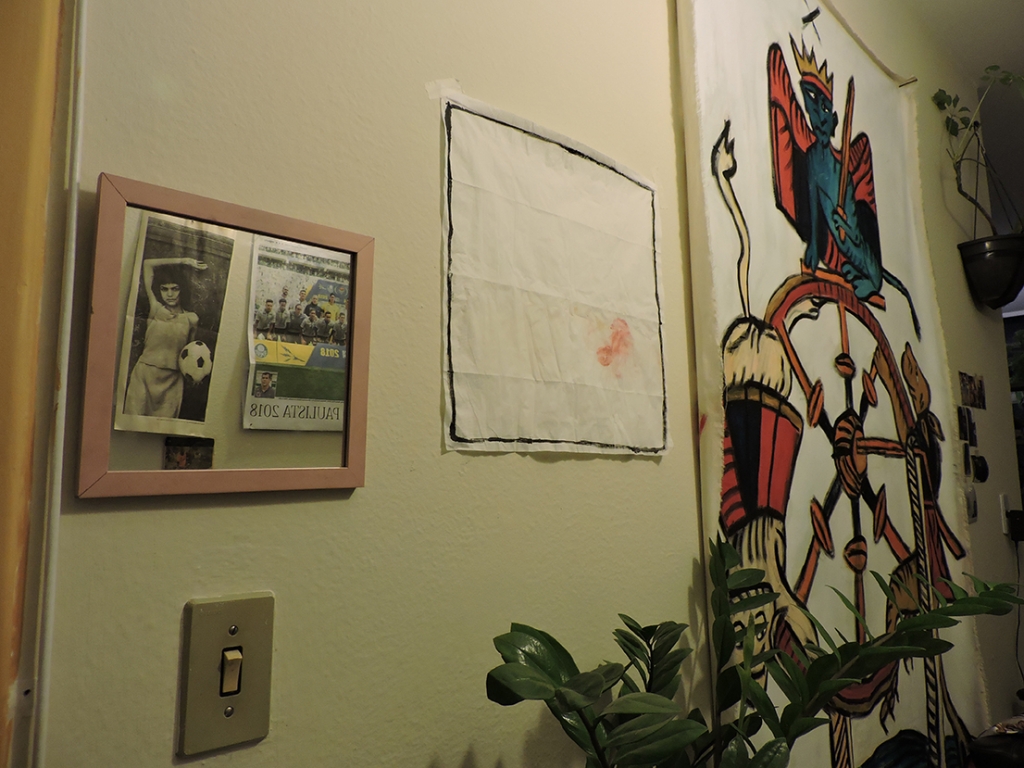Homes
how do we live?


About space deployment
the expressive home, an affective and emotional way of living;
the sociable home, always open to friends;
the functional home, in which practicality is highlighted.
Each one reflects the identity of those who live in them; a private territory to fulfill desires and wishes. For our partner in London, Stu Etnicknap, from 8th Day: Our homes reflect not who we are, but who we want to be.
About home typologies
An important point to note is that the offer directly influences the way we live. For Tramontano, “certainly the people from Buenos Aires and Santiago live much better than the people from São Paulo and Mexico City, because they have an architecture that is studied for them. That is thought out and that listens to these people”. On the other hand, in Brazil, according to the specialist, the physical arrangement “is the basis for [mortgage] funding”, and many – like a couple we interviewed who live in Tatuapé – need to hire an architect to customize the interiors. “It’s a physical arrangement that enables the best cost-benefit. Another question is what they need. What is necessary, because nobody can live in a 10 square meter apartment. That is absurd.” adds Tramontano.

Photo: Mário Álvarez, Santiago
Design as an Expression of Identity
Milene Correa Soares, Brazilian specialist in Homes, says that “in the interior design world every choice is a reflection of an acknowledgement of one’s own identity”. Regardless of the format, all homes accumulate stories and interior design plays a significant role in this process.

Photo: Mário Álvarez, Santiago

About usability of the spaces

Photo: Sabrina Guimarães, Sao Paulo
Milene Correa Soares
Brazilian Specialist, Homes
The kitchen is an important space and one of continuous use, whether it is for preparing and consuming daily meals or for receiving friends. The balcony reveals a leisure space, a corner for relaxing – some of these balconies have enough space to meditate, escape from routine or bring a bit of nature into the home. In the bedrooms and living rooms there is a greater care for comfort and the possibility of hosting guests. “In my everyday life, I relate more to the bedroom, evidently the bathroom, the office and the kitchen. This large living space, we reserve for guests or meeting with friends.”, told us a resident from the neighborhood of Ñuñoa, in Santiago.
Another remarkable thing is how the pandemic has transformed the internal dynamics with structures designed for work or adapted for this kind of need. Office tables and chairs and spaces dedicated to the home office emerged. For Eduardo Costa, a Brazilian expert on Cities, “home, leisure and work, which is the trend in polycentric neighborhoods, will happen indoors as well.” Homes are not static places, they live the rhythm of life of the inhabitants, their plants and their pets.
Home Paradoxes
Maria Elisa Cevasco, Brazilian Material Culture expert, reminds us that “we don’t need to idealize the home”. Beyond physical structures, a house is made of the subjectivity, complexity, and diversity of those who live in it. Marcelo Tramontano, Brazilian specialist in housing, says that “the living space is that intersection of individual lives and is where all the issues of society are reflected and constructed.”

Photo: Sabrina Guimarães, Sao Paulo
